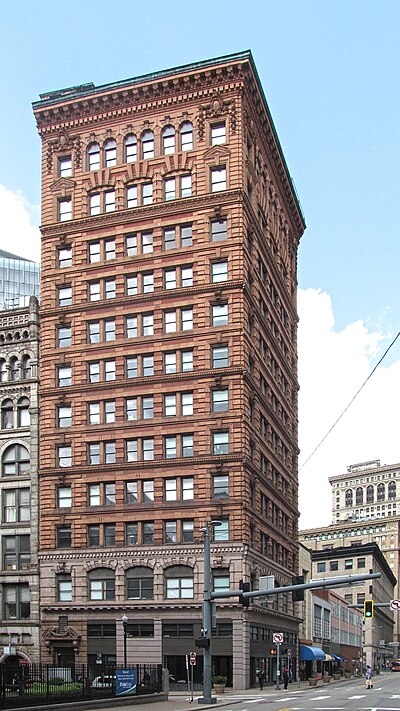
Built in 1903, this early skyscraper was designed by Alden & Harlow, who festooned it with terra cotta.
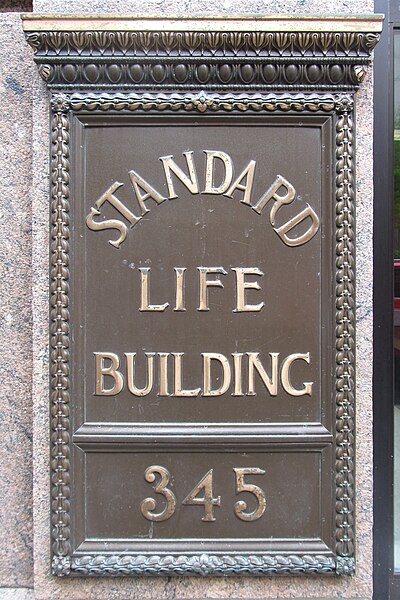





Built in 1903, this early skyscraper was designed by Alden & Harlow, who festooned it with terra cotta.





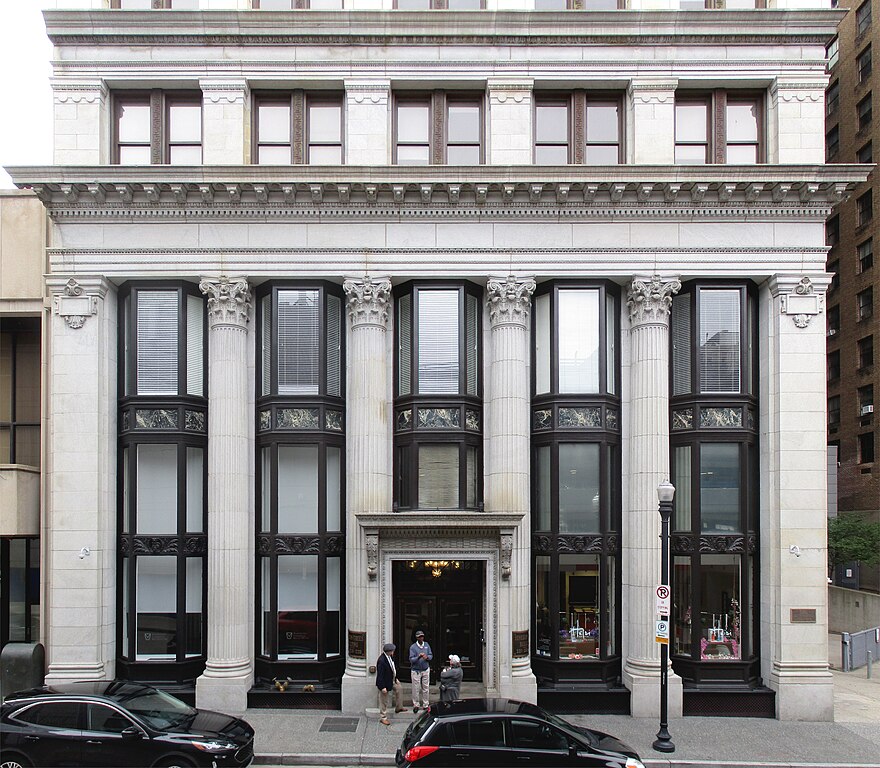
Built in 1905 as the Machesney Building, this early skyscraper was designed by Thomas Scott, who kept his office there, which doubtless made a strong first impression on potential clients. It was renamed eight years later when it was bought by a pair of oil barons, and it has been the Benedum-Trees Building ever since.
Here we see the generous base of the building, with three-storey Corinthian pilasters and huge windows. Above it is the “bosses’ floor.” For a short lesson in reading a Beaux Arts skyscraper like this, see our article on the West Penn Building.
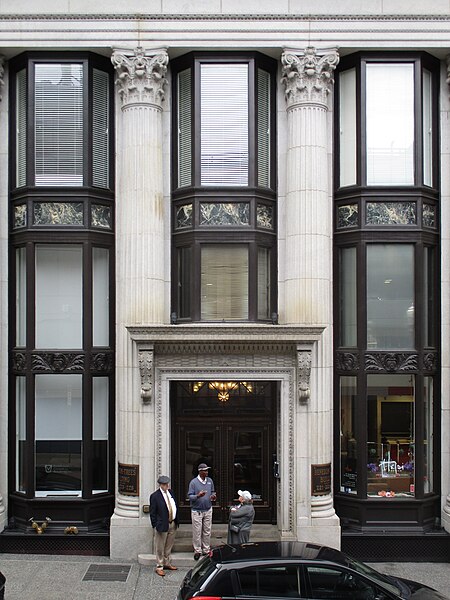
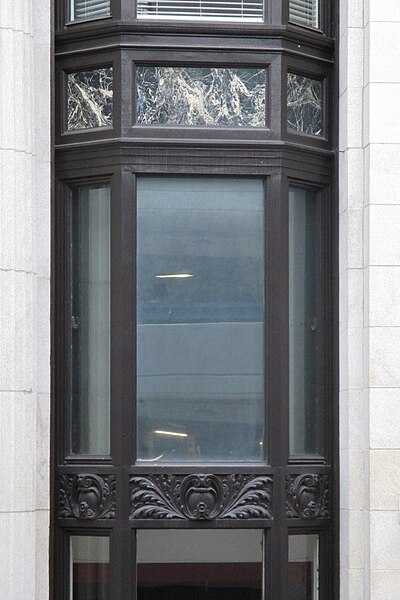

The sun was glaring and the shadows were deep, but as far as old Pa Pitt knows, these composite photographs are the only complete elevations of the Park Building on the Internet. Above, the Smithfield Street face; below, the Fifth Avenue face.

And, of course, the most striking feature of the building: the telamones that hold up the roof.

The Park Building, built in 1896, is Pittsburgh’s oldest extant skyscraper. (The Carnegie Building, demolished in 1952, was a year earlier.) George B. Post of New York was the architect, and he designed it in the florid Beaux Arts style that would also be usual in the earliest New York skyscrapers. Although it was damaged decades ago by an ill-conceived modernization, the basic outlines and much of the ornament are intact. It displays all the attributes of an early New York skyscraper—the attributes that became dogma for early skyscrapers across the country. (See “The Convention in Sky-Scrapers.”) And with good reason: a bunch of these skyscrapers may create a certain monotony in the skyline, but following the Beaux Arts skyscraper formula reliably produces a good-looking building.
“Form follows function,” as Louis Sullivan said. Modernist architects used that saying as a slogan (which probably annoyed Mr. Sullivan) meaning that the form of a building should express the structural functions of the parts. But the form of a Beaux Arts skyscraper expresses the social functions of its parts: it makes visible what different parts of the building do, in a way that modernist architecture often fails to accomplish.
The basic formula for early skyscrapers is base, shaft, and cap. “A convention of treating them as columns with a decorated capital, a long plain central shaft, and a heavier base, was early adopted,” as the Architectural Record said in 1903.
The base—usually the first two floors—is the public part of the building, where retail shops or banking halls and such things are located—where, in short, the public interacts with the main business of the building.
The shaft, which is usually a repeating pattern of windows and wall, is where the ordinary business offices of the skyscraper are located.
Up in the stratospheric heights of the cap are the very most important people—the princes of commerce, and the lackeys and flunkeys who attend to their needs.
Now look at the Park Building, and you will see that the third floor, though more or less part of the shaft, is outlined and set apart from the rest. This is the bosses’ floor, in which the important men who supervise what goes on downstairs are located.
Just by looking at the face of the building, you can tell what goes on in each of its parts, which is not true of a modernist glass box. Here the social functions of each floor are made visible in stone and brick. Although the form is not structural, in a human sense this is form following function.

The rotunda of Penn Station is such a remarkable structure that it has its own separate listing with the Pittsburgh History and Landmarks Foundation. The skylight is a fine example of abstract geometry in metalwork.

The current owners of the Pennsylvanian hate photographers and tourists who come up to see the rotunda, and post signs on the walk up to the rotunda warning that this is private property and no access beyond this point and, with dogged specificity, NO PROM PHOTOS. But old Pa Pitt walked up through the parking lot, taking pictures all the way, and therefore saw the signs only on the way back. Sorry about that, all ye fanatical upholders of the rights of private property, but these pictures have already been donated to Wikimedia Commons, so good luck getting them taken off line.

The four corners of the earth, or at least the four corners of the Pennsylvania Railroad, are represented on the four pillars of the rotunda.

“Pittsburg” was the official spelling, according to the United States Post Office, when the rotunda was built in 1900.

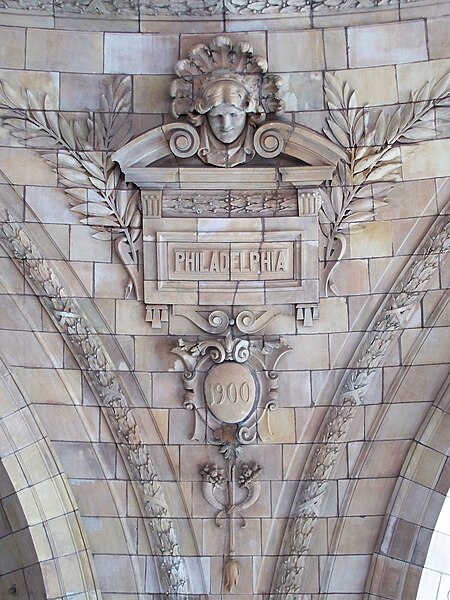
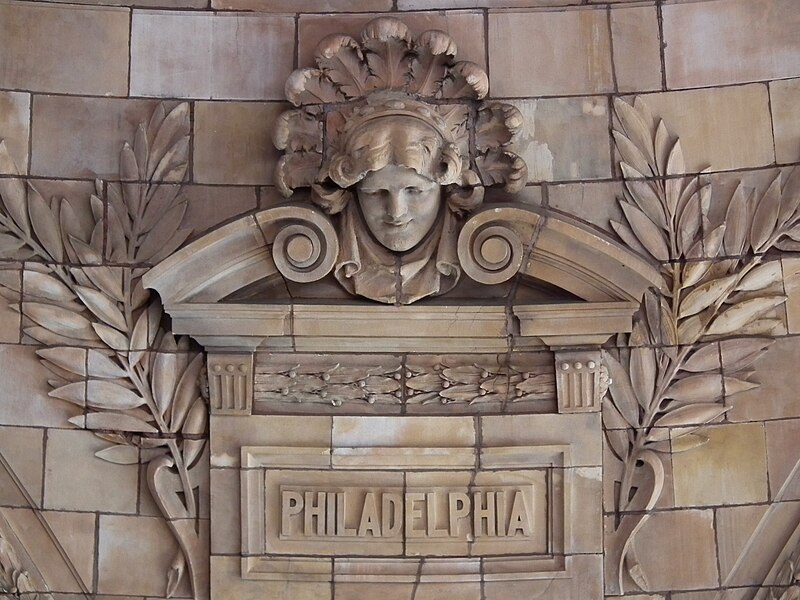
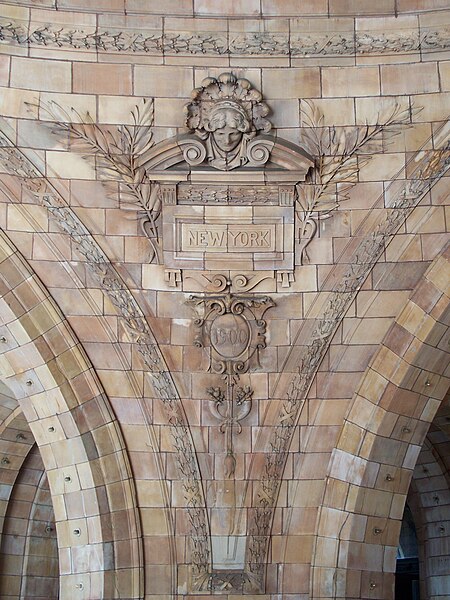
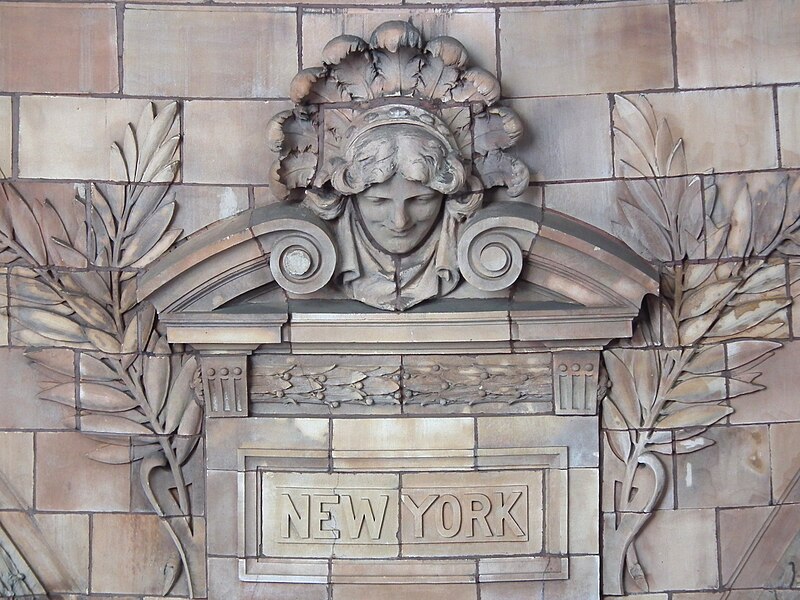


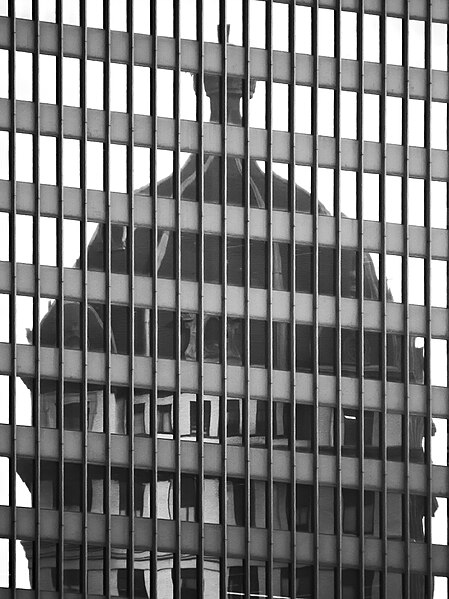
The top of the Keenan Building (designed by Thomas Hannah) reflected in One Oliver Plaza (designed by William Lescaze and now the K&L Gates Center). It occurs to old Pa Pitt that some modernist buildings rely for most of their visual impact on what they reflect: the sky and other buildings, usually. We might say that makes them aesthetic parasites.

This was built in 1914 as the Kaufmann & Baer Department Store, the Kaufmanns in the name being brothers of the Morris Kaufmann who owned the Big Store two blocks away. It was bought out by the Gimbel Brothers eleven years later, and for generations of Pittsburghers this was the Gimbels Building. Its name is now officially Heinz 57 Center, but most people still call it the Gimbels Building. The architects, Starrett & van Vleck, were specialists in department stores from New York.
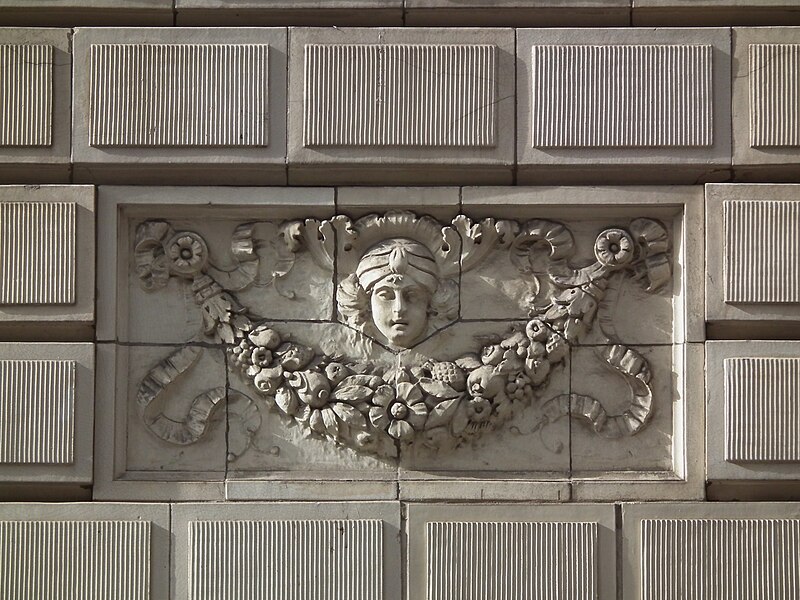
Acres of terra cotta went into decorating the Smithfield Street and Sixth Avenue faces of this building.
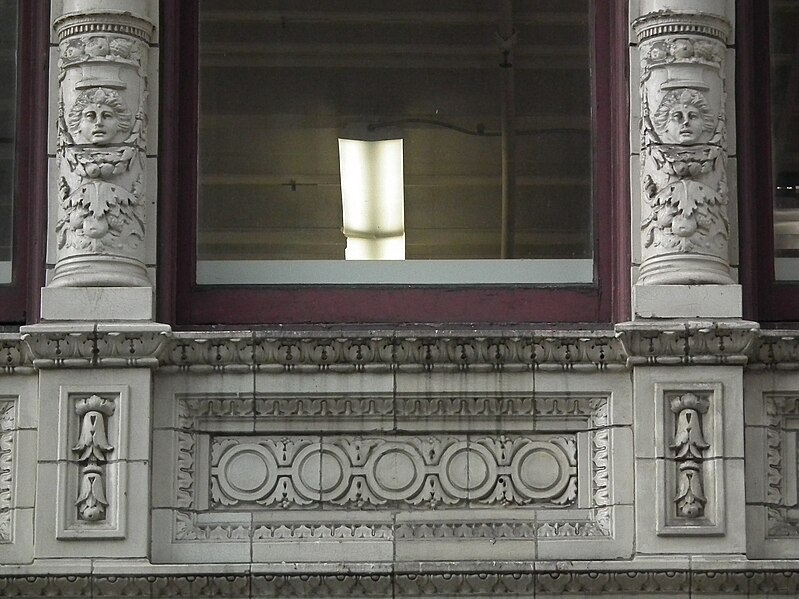
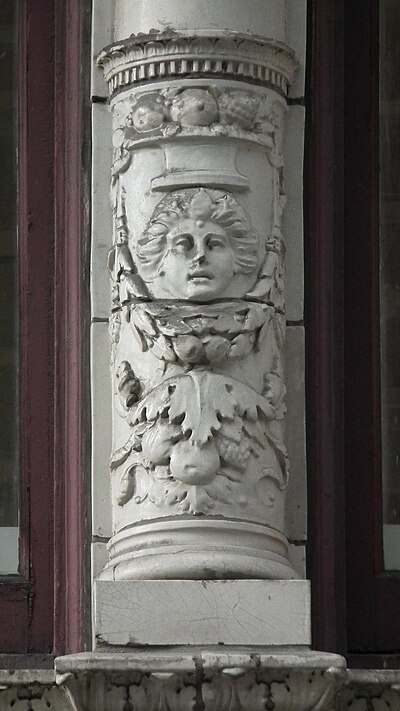



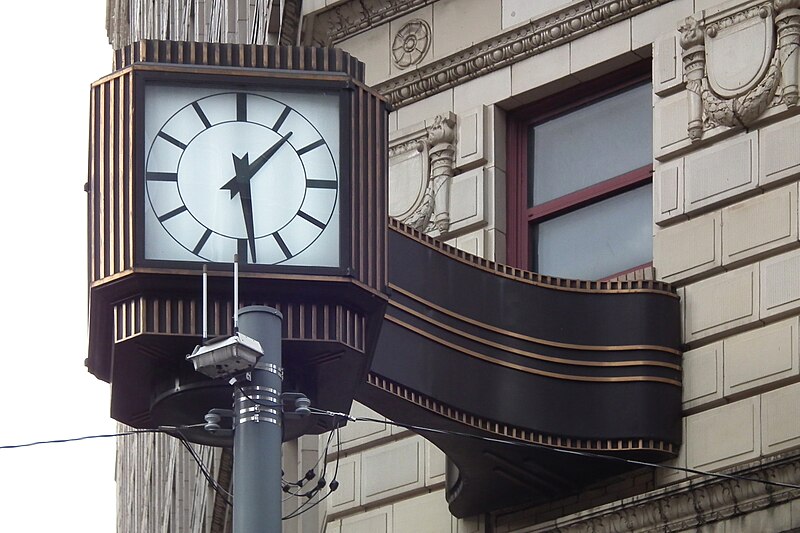
And of course there was the clock. It was not as famous or elaborate as the Kaufmann’s clock, but it was another good place to meet someone downtown. This is obviously a good bit more recent than the building itself: it has a streamlined Art Deco look.

The three original homes of the skyscraper were New York, Chicago, and Pittsburgh. When people first began to talk of “sky-scrapers,” those were the three cities they mentioned. And for the first three decades or so of skyscraper building, a definite style predominated in all three places—the Beaux-Arts formula of base, shaft, cap. From 1903, only a few years into the skyscraper age, a writer in the Architectural Record observes the uniformity that had quickly come to pervade American skyscraper design.
When steel construction began to have its effect upon the height and the looks of office-buildings, two tendencies were traceable in their design. In New York there was no attempt to make their appearance express their structure. A convention of treating them as columns with a decorated capital, a long plain central shaft, and a heavier base, was early adopted; and within the limits of this general idea, the regular architectural, structural and decorative forms were used regardless of their ordinary structural functions and associations. In Chicago, on the other hand, while many buildings were designed along the same lines as New York, there was a tendency, partly owing to the influence of Mr. Louis Sullivan, towards a franker expression in the design of these buildings of the plain facts of their steel structure. Such is no longer the case. The new sky-scrapers, which have been, and are being, erected in large numbers in Chicago and Pittsburgh, as well as New York, almost all conform to the conventional treatment, long since adopted in the metropolis—and this in spite of the fact that Mr. Louis Sullivan had between the two bursts of building activity completed several brilliant and comparatively good-looking attempts to solve the problem within the limitations imposed by the structure. Whether or not the American architect has, in this instance, chosen the wrong alternative, he has at any rate, for the time being, adopted a comparatively uniform type for the design of the “skyscrapers.”

The Oliver Building, designed by Daniel Burnham, was the tallest building in Pittsburgh when it was put up in 1910, passing Alden & Harlow’s Farmer’s Bank Building (destroyed in 1997, or arguably thirty years earlier when it was given a fake-modern skin). Only two years later, though, it was passed by Daniel Burnham’s own First National Bank Building (destroyed in 1968 to make way for a modernist skyscraper barely any taller).
The front of the Oliver Building still produces an impression of absolute massiveness, spanning an entire block with a 348-foot-tall wall. The rear, on the other hand, is where the light wells are, which divide the building into three narrower towers, changing the impression to one of loftiness rather than massiveness.
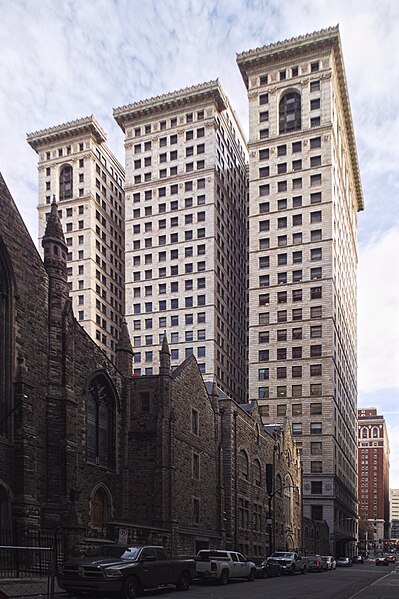
Your eyes are not being fooled by a trick of perspective: the section on the right really does extend a little further toward us than the other two.

Imagine the uproar that would ensue if your city government today decided to hire a Beaux-Arts master like Thomas Scott to design a monumental palace for such a utilitarian purpose as a water-pumping station. Imagine the inquiries that would probe the vital questions of how much each of those carved faces cost and why stone trim was used when the same object could be accomplished with aluminum. The world has made a lot of progress since Scott, architect of the Benedum-Trees Building downtown (where he kept his architectural office, naturally), gave us this $100,000 pumping station on an out-of-the-way street on the South Side Slopes.1

There were doubtless security reasons for bricking in the towering windows that used to flood the place with light. But Father Pitt cannot help suspecting that the real reason is that the workers here constituted a sort of men’s club, and men’s clubs in Pittsburgh abhor natural light.
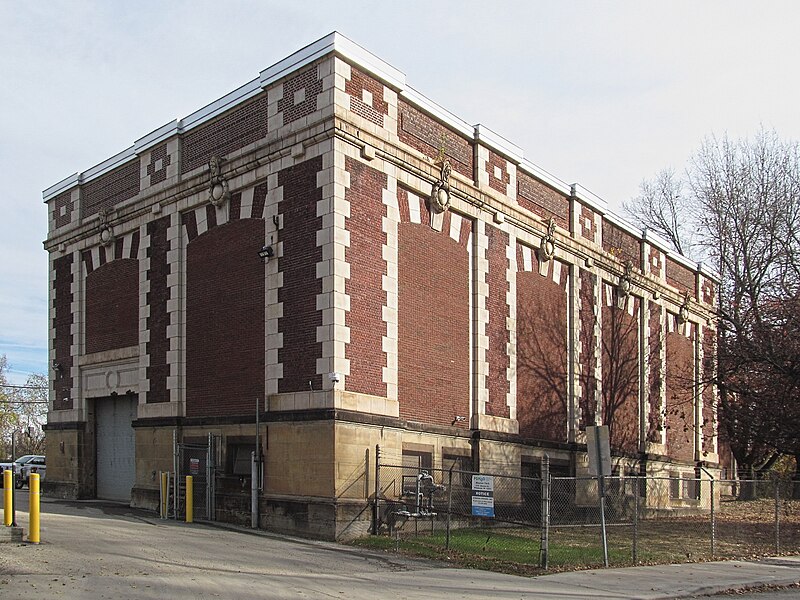

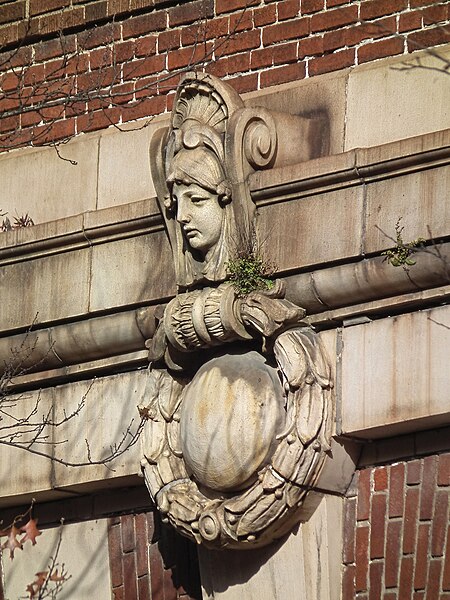
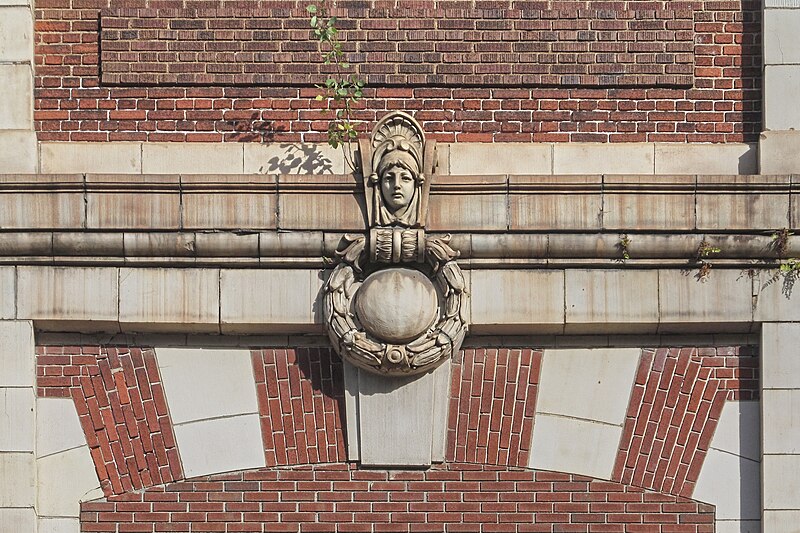
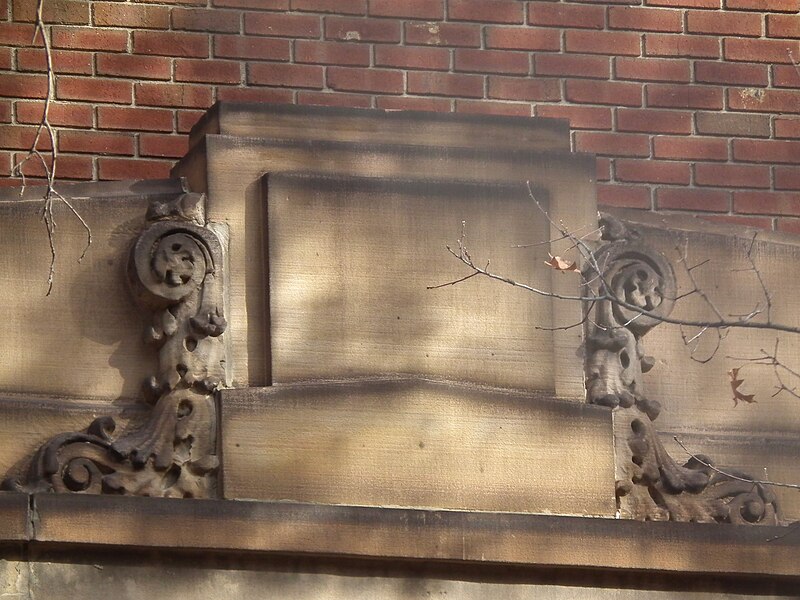
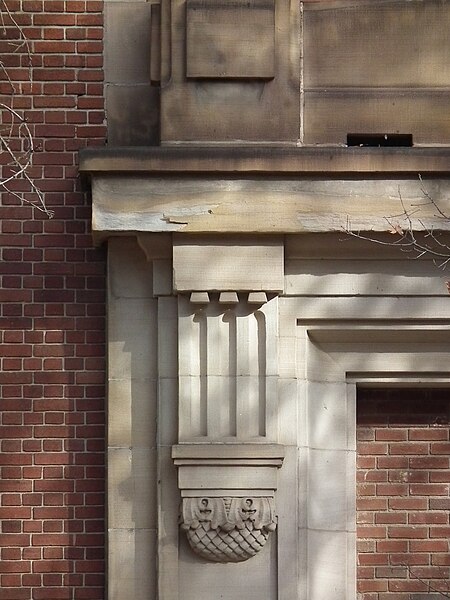
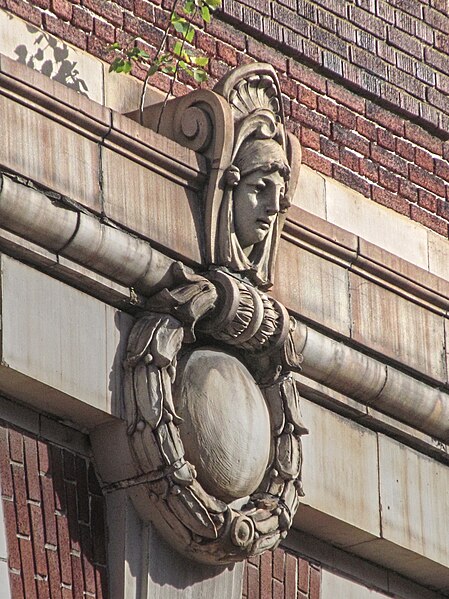
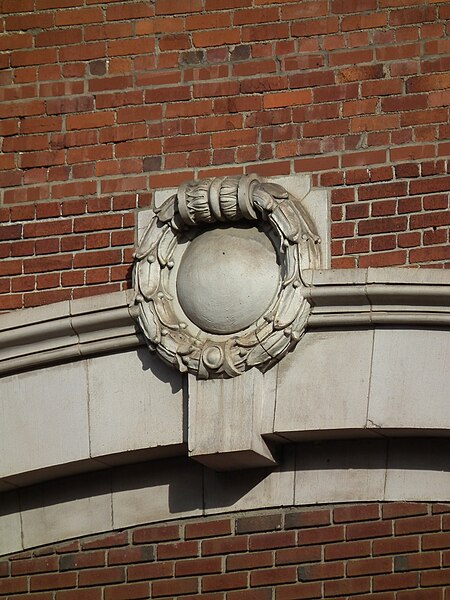

Even in November, much of the building is obscured by trees.
